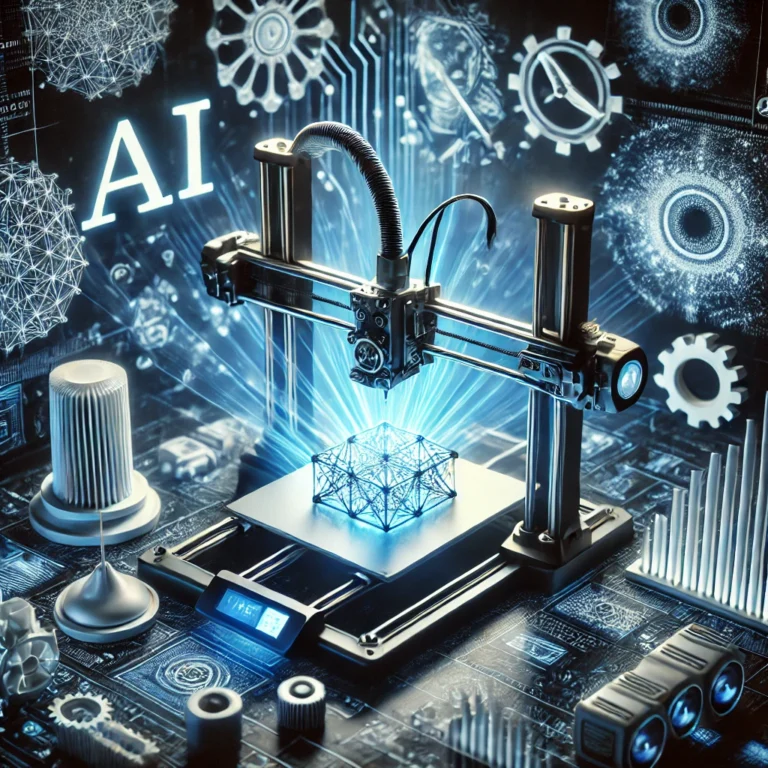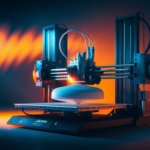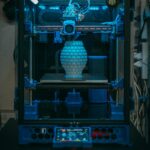Introduction to 3D Printing
3D printing has revolutionized various industries over the past decade. As we approach 2025, several emerging trends are set to redefine the landscape of this innovative technology. Here we explore the top 10 3D printing trends to watch in the coming years.
1. Sustainable 3D Printing
As sustainability becomes a global priority, the 3D printing industry is focusing on eco-friendly materials and processes. From biodegradable filaments to energy-efficient printers, sustainability is driving advancements in the field.
2. Multi-Material Printing
2025 will see a significant rise in multi-material 3D printing, enabling more complex and functional prototypes. Techniques that can integrate varied materials in a single print are paving the way for innovative applications.
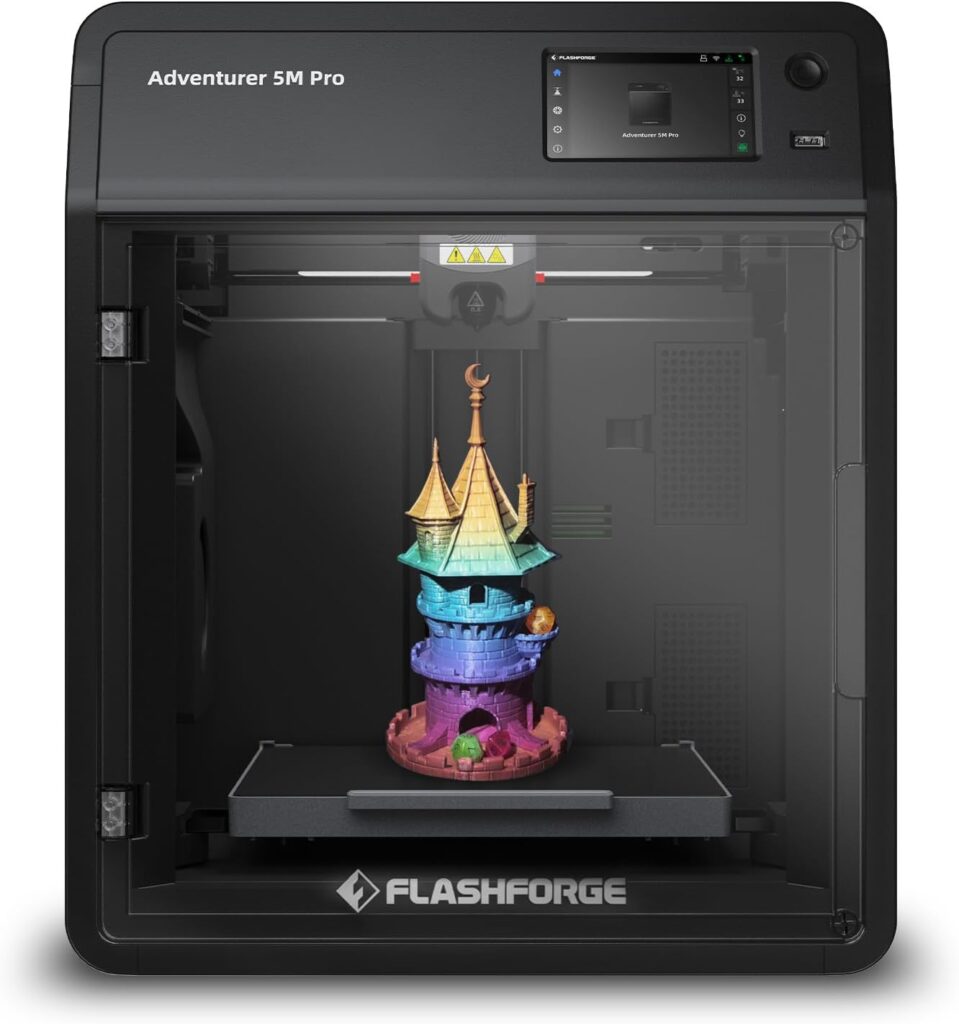
3. Medical Applications
The medical sector continues to benefit immensely from 3D printing. Bioprinting tissues and organs, creating custom prosthetics, and surgical tools are just the tip of the iceberg, with much more expected in 2025.
4. Industry 4.0 Integration
3D printing is increasingly integrated into the Industry 4.0 framework, combining advanced manufacturing processes with smart technologies. This integration optimizes production chains and creates highly efficient manufacturing ecosystems.
5. Increased Printing Speeds
One of the significant barriers to 3D printing has been its speed. Advances in printing technologies are set to dramatically decrease production times, making 3D printing a more viable option for mass production.

6. Improved Material Range
The range of materials available for 3D printing is expanding rapidly. From conductive materials to carbon fiber composites, the new material options are opening up exciting possibilities for designers and engineers.
7. Large-Scale Printing
2025 will witness significant advancements in large-scale 3D printing, including construction and manufacturing sectors. Printing entire buildings or large components will become more practical and cost-effective.
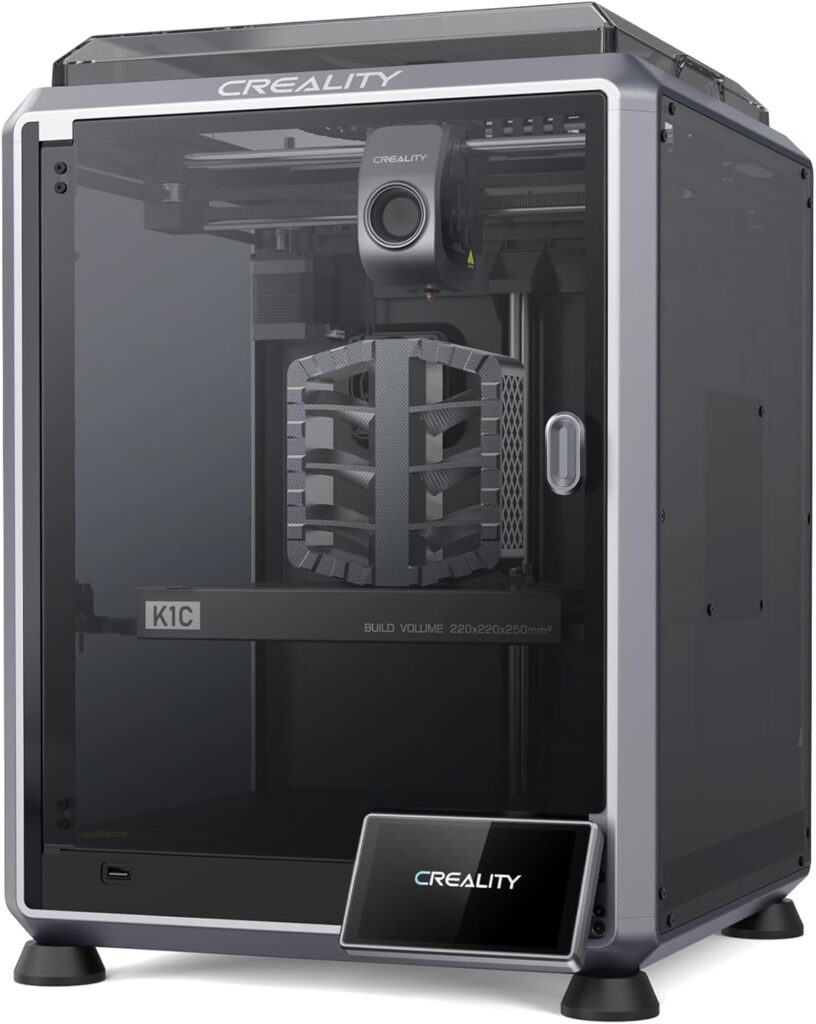
Creality K1C 3D Printer, 2024 New Version 600mm/s High-Speed Auto Leveling Clog-Free Robust Direct Extruder K1 Upgrade 3D Printer with AI Camera 300°C Printing Support Carbon Fiber Filaments

8. Customization and Personalization
3D printing allows for unparalleled customization and personalization, which is increasingly demanded by consumers. From fashion to consumer electronics, personalized products are becoming more accessible.
9. Education and DIY Market
As technology becomes more accessible, 3D printing will gain traction in education and the DIY market. Schools and hobbyists will utilize 3D printers for learning and creative projects, fostering innovation from a young age.
10. Enhanced Software and Tools
Advancements in 3D printing software and tools are making the design and printing process more intuitive and user-friendly. Enhanced software capabilities will provide more precise control and robust design options, supporting higher-quality outputs.
Conclusion
The landscape of 3D printing is set for impressive developments as we look towards 2025. These trends not only highlight the potential growth of the industry but also showcase the transformative impact of 3D printing in various sectors. Stay tuned to witness how these trends shape the future of manufacturing and beyond.




